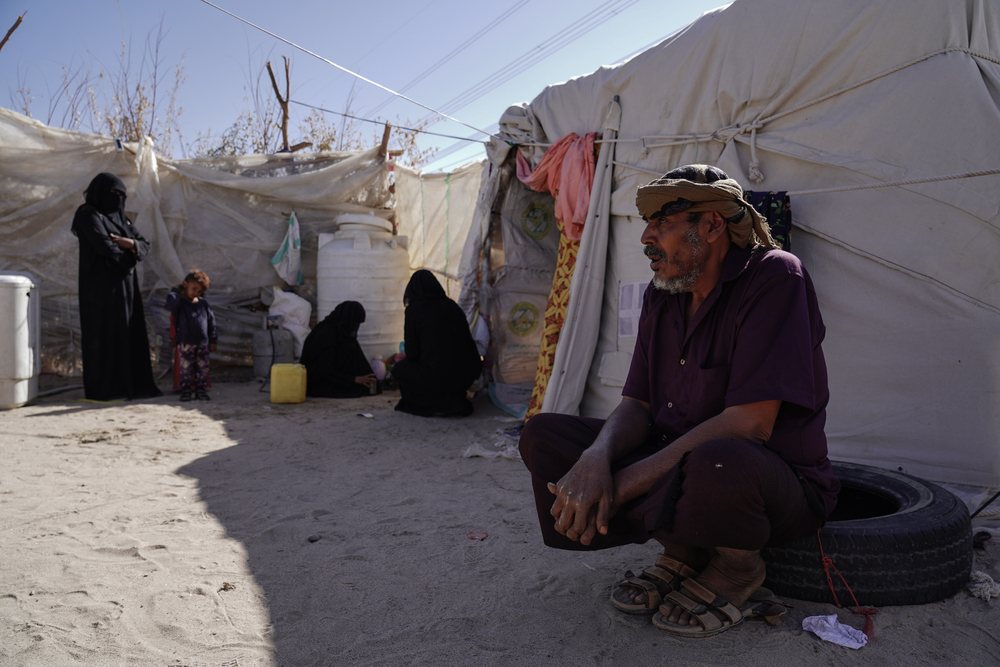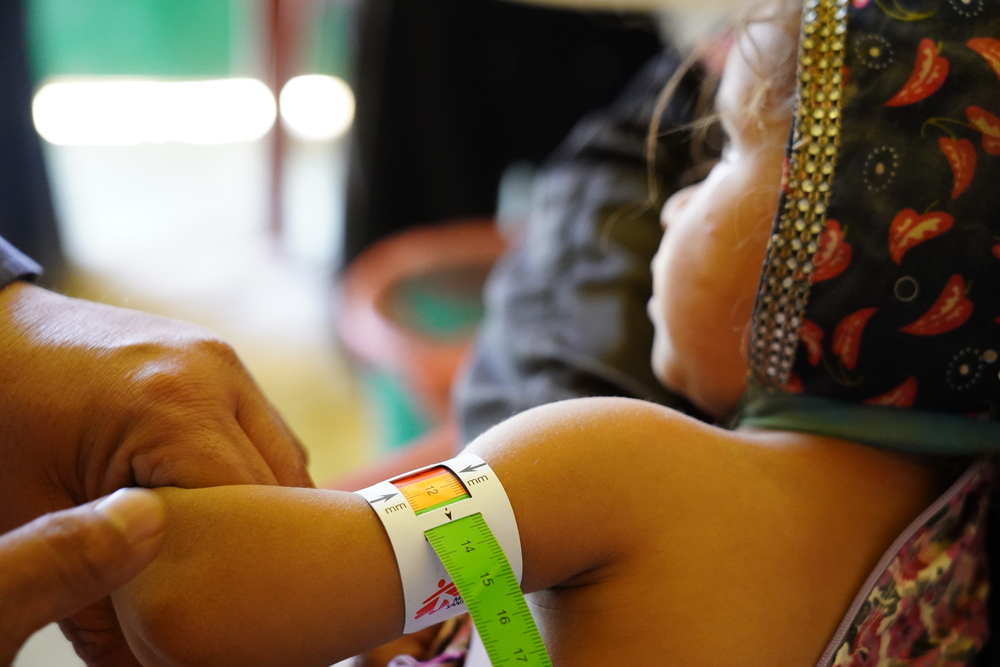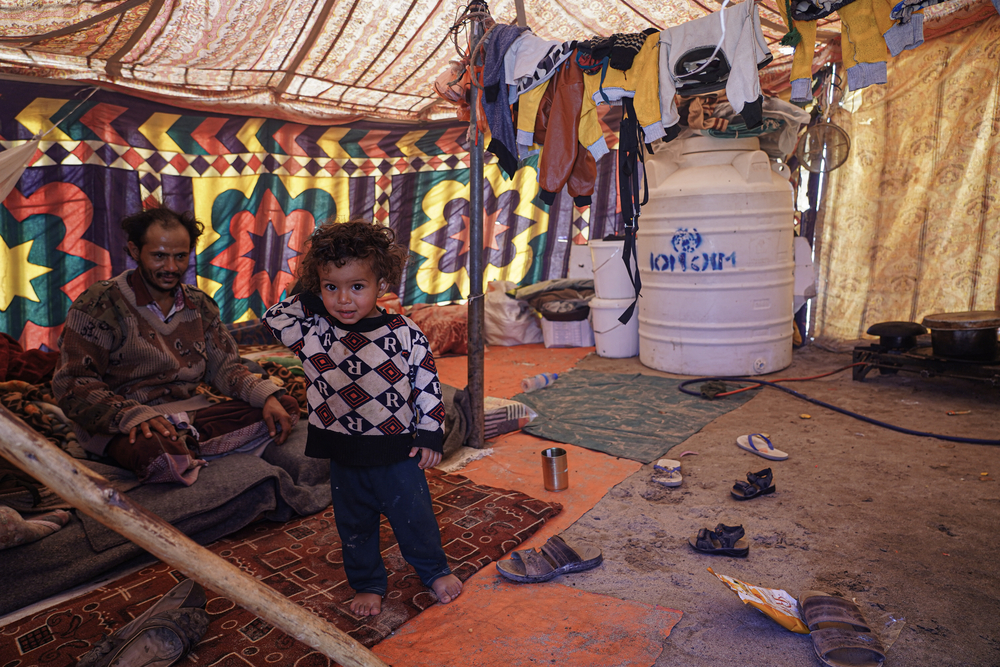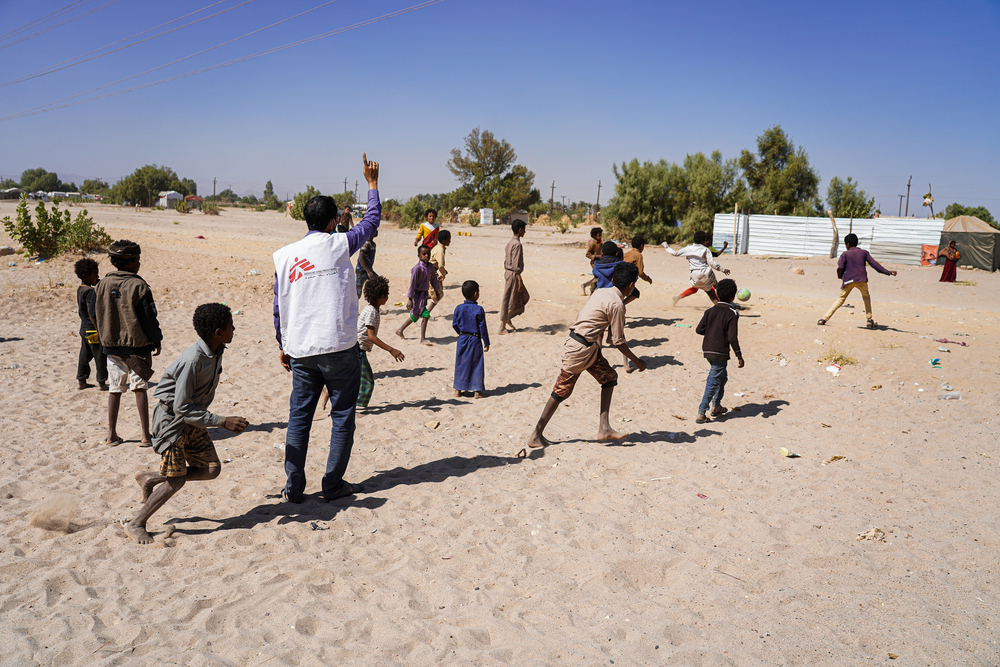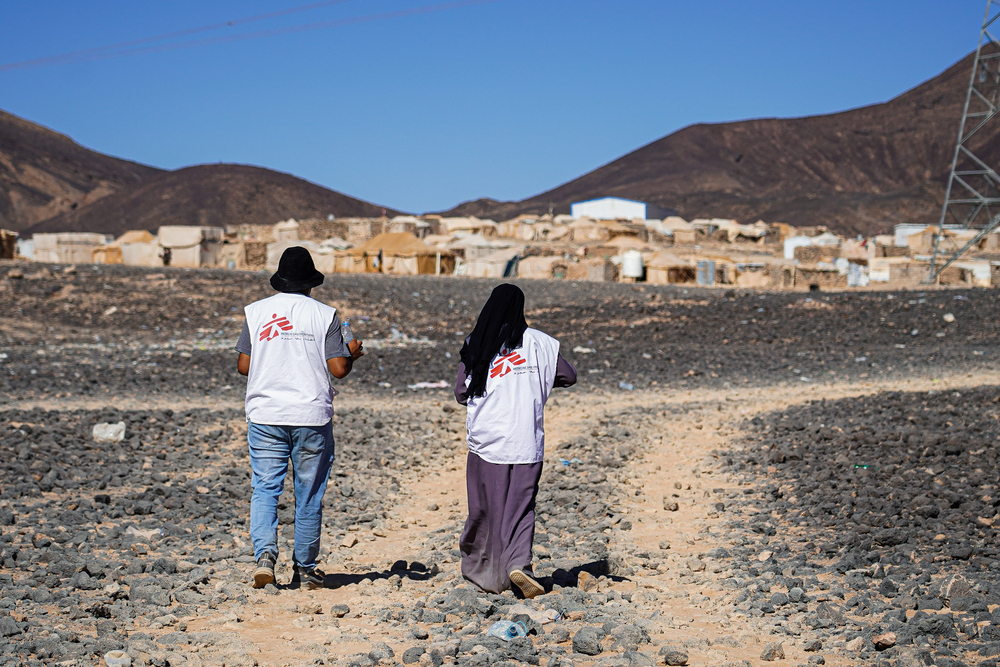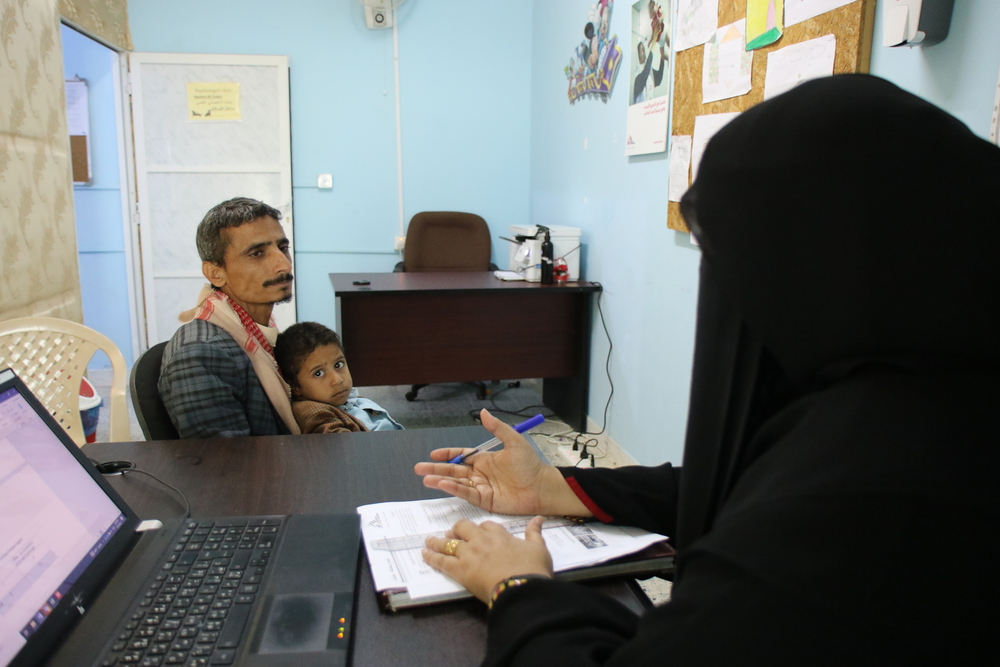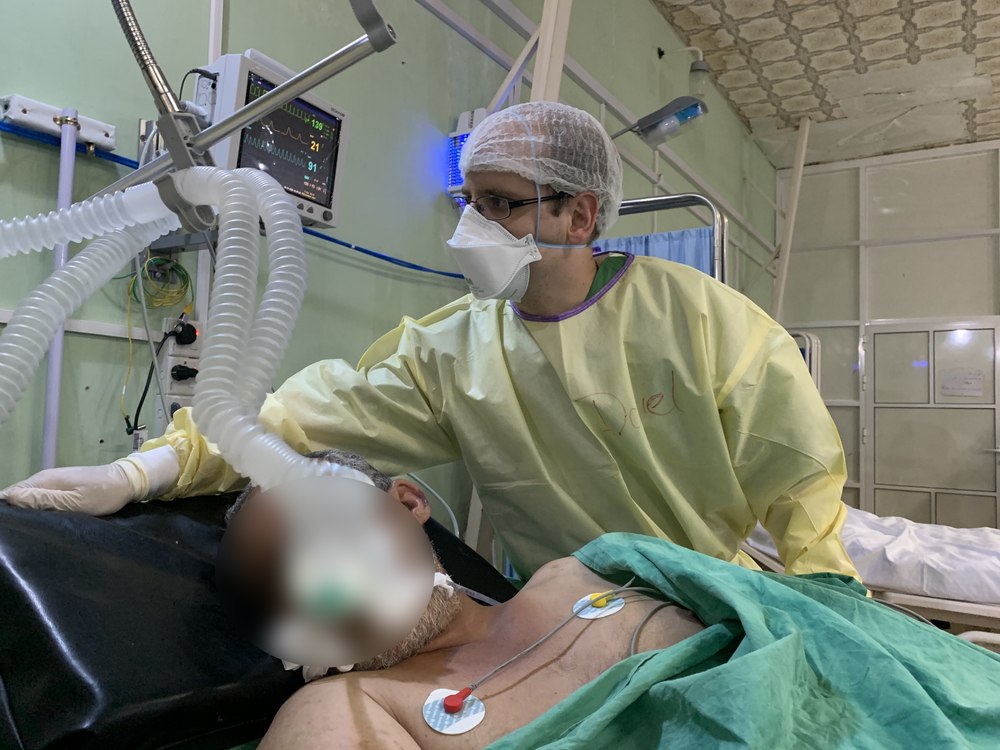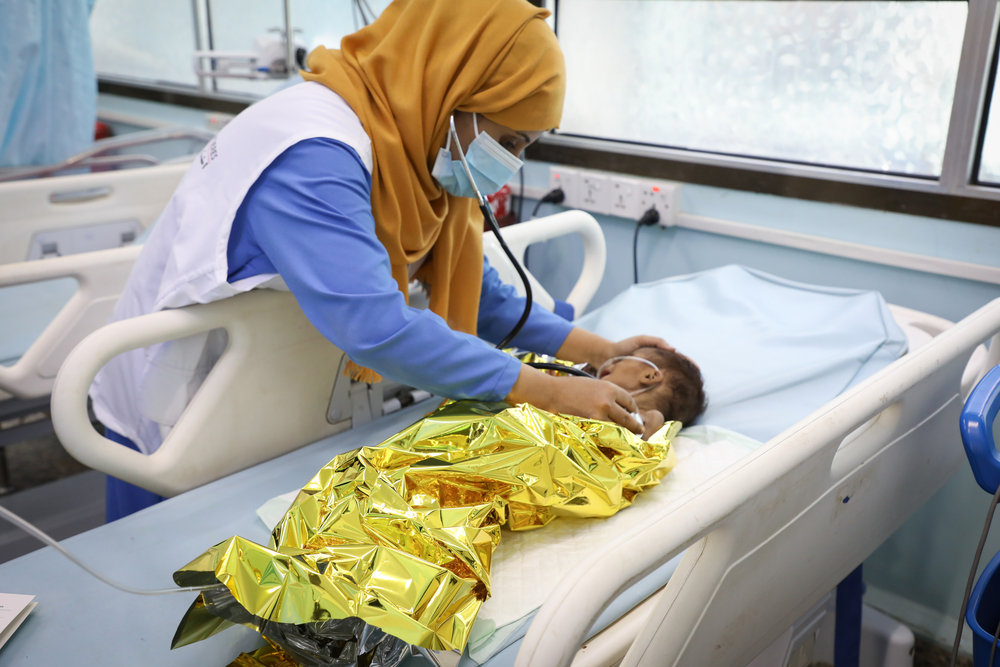“We don’t have blankets to cover ourselves,” says Aafia, one of thousands internally displaced people sheltering in Yemen’s Marib governorate. “My children have no warm clothes and I don’t have enough food to feed them. I don’t have a house made of bricks; it’s only a tent, which doesn’t even stop the wind during cold winter nights. I don’t complain though. A complaint to anyone other than God is a humiliation.”
The scene in Marib is a gloomy snapshot of how millions of Yemenis are suffering as a result of the seven-year-long conflict. About 150 formal and informal sites, both large and small, host thousands of families who have sought safety in Marib from across the country. An even larger number of displaced people are staying at the homes of local people.
As the conflict spread, Yemenis from across the country migrated to Marib, previously considered as the safest place in the country. Development to infrastructure and increased economic opportunities over recent years had also made Marib an attractive location to move to. Today however with the escalation of conflict, the situation in Marib has changed according to the many displaced people.
Violence in Marib governorate is intensifying as the warring parties fight to claim their control over an area that is important for its geographic location, oil and gas resources and military weight. A city with a former population of less than a half million, according to local authorities, is now home to close to three million people. For many of them, Marib can offer nothing more than a life in precarious conditions. Most of the displaced people are totally reliant on humanitarian assistance, although it does not always reach them.

